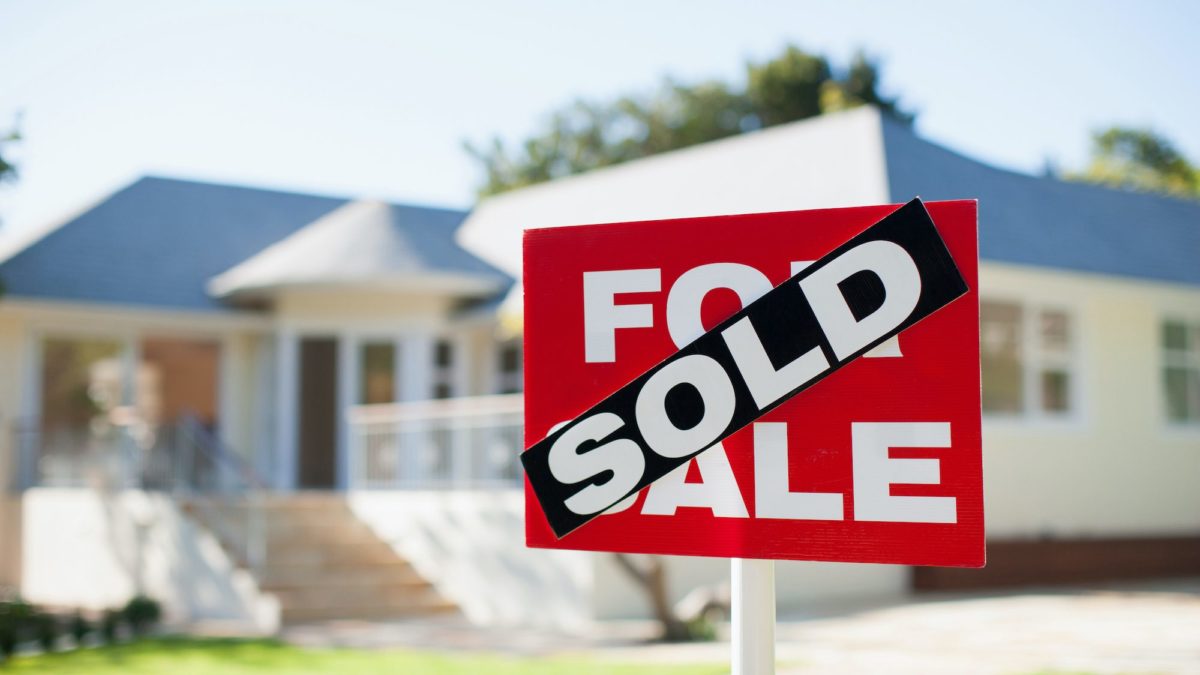
Searching for a house can feel like a full-time job these days—an adrenaline-fueled, palpitation-inducing job at that. In this blink-and-you-miss-it real estate market, homes in most places are coming on and off the market at a dizzying pace, as buyers (helped by record-low interest rates) are snatching up property at an unprecedented rate.
It might seem like no matter where you look, homes are selling quicker than before the COVID-19 pandemic turned the market on its head. But, as it turns out, not all markets are turbocharged quite to the same degree.
That’s why Realtor.com® wanted to find out where buyers have to make split-second decisions—and where they have a bit more time to think about what could be the largest purchase they’ll ever make. We crunched the data to locate the metropolitan areas where homes are flying off the market at the fastest pace, as well as the ones where homes are taking the longest to sell.
Across the country, homes spent an average of about 43 days on the market in April. That’s nearly three weeks faster than the same time last year, when the reality of working from home during the pandemic began to settle in. Buyers are feeling pressured to make offers on properties they’ve toured briefly, only once, or even just online—sometimes from across the country.
“For buyers looking for a home in today’s fast-moving housing markets, it’s important to be prepared to move quickly,” says George Ratiu, senior economist at Realtor.com. “Having financing lined up, knowing the neighborhood, and sticking to their budget’s upper limit would help to make a stressful experience more manageable.”
Four of the five fastest-moving metros on our list were located in the Western U.S., as Californians who find themselves being able to work from anywhere looked for more affordable alternatives. Some parts of the Midwest and Northeast are also seeing homes move at a fast clip. That’s notable because these areas don’t usually heat up until the summer months ahead of the back-to-school season. Because of this, Realtor.com economists forecast these markets could grow even hotter in the coming months.
On the other end of the spectrum, homes are moving slower in areas that have been affected more economically by the pandemic. To be clear, these markets aren’t languishing by any means; many are taking about the same time to sell as the average home sold just a year ago. These places tend to have more inventory, and more homes for sale means buyers can be a little pickier about when they put in an offer.
“Even a slowdown in these markets comes amid an incredibly frenzied real estate market,” Ratiu says.
To come up with this list, we figured out the median number of days homes stayed on the market in April on Realtor.com. We limited our list to the 250 largest metropolitan areas and used only one metro area per state to ensure geographic diversity. Metros include the main city and surrounding towns, suburbs, and smaller urban areas.
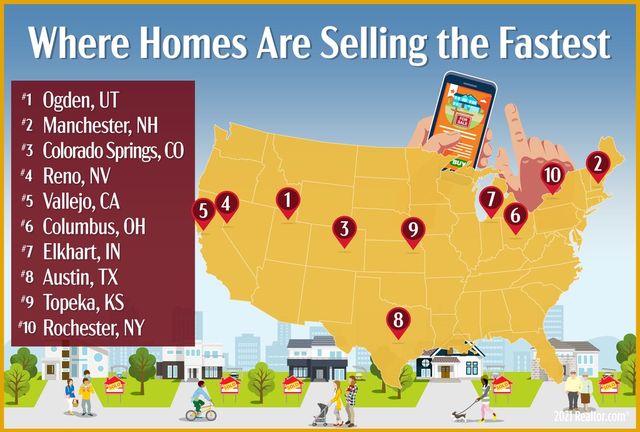
Tony Frenzel for Realtor.com
1. Ogden, UT
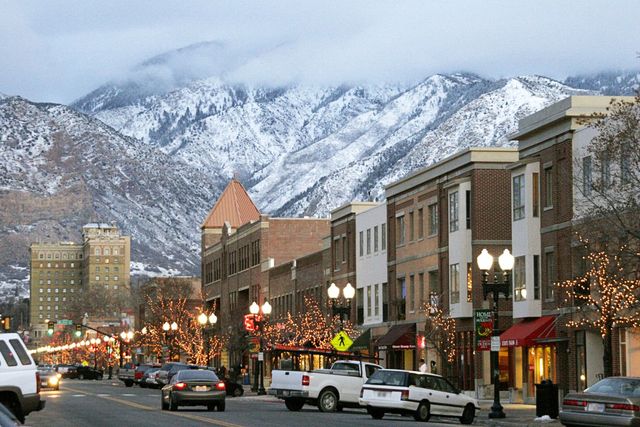
Getty Images
Median list price: $489,950
Median days on market in April: 8
The fastest-moving market on our list was Ogden, a mountain town less than 40 minutes north of Salt Lake City. It offers easy access to ski resorts like Snowbasin, Powder Mountain, and Nordic Valley, and has even more outdoor activities during the summer, including hiking, mountain biking, and fishing.
But it’s not just the great outdoors that’s luring out-of-state buyers from places like California and Arizona. A strong economy means it’s easier for people to find jobs and potentially relocate. The unemployment rate in the Ogden metro area was just 2.7% in March, according to the U.S. Labor Department. That’s back to what things were like before the pandemic, and significantly lower than the national rate of 6%.
While nonlocals are scooping up homes at a rapid pace, that’s not the whole picture, says Christopher Collard, a research analyst at the Utah Foundation, a nonprofit research organization based in Salt Lake City.
The number of homes available has been low since Great Recession in 2008. Meanwhile, fewer people are leaving the state, while more people are coming in, so there are more people vying for houses than ever before.
“We’ve never quite caught up with the current demand,” Collard says.
2. Manchester, NH
Median list price: $399,900
Median days on market in April: 10
The Manchester metro area has been featured in our 20 hottest markets for a few years now, thanks largely to its close proximity to scorchingly popular Boston (less than an hour away by car). Half of the homes here were sold within 10 days in April as buyers from Massachusetts, Connecticut, and New York flock here to find more home for their hard-earned lucre.
To put things in perspective, the median listing price of homes in the Manchester area was about $400,000 in April. While that may be a stretch for people who already live here, it’s significantly less than what you would pay in Beantown (where the median price was $699,450).
This former textile town is now home to three colleges, so there are tons of things to do downtown, including nearly 100 restaurants to choose from. There’s also plenty of outdoor activities, whether you’re hiking the trails around Lake Massabesic, or making the 150-foot climb of Rock Rimmon for panoramic views of the city.
Interested buyers can snag a four-bed, 1.5-bath updated Colonial with country club views for $414,900—if they move quickly enough.
3. Colorado Springs, CO
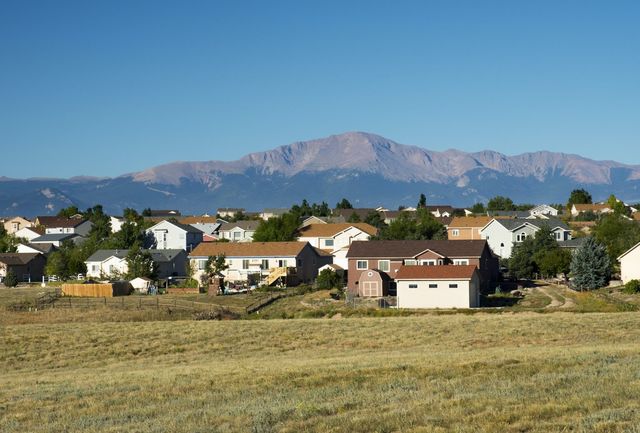
Getty Images
Median list price: $494,340
Median days on market in April: 12
Located 70 miles south of Denver to the east of the Rocky Mountains, Colorado Springs is another thriving, outdoor-centric city. This area draws nature lovers of all types and has much more affordable housing than the state’s capital (median list price: $575,000).
Besides the great outdoors, Colorado Springs is filled with craft breweries and tasting rooms as well as restaurants that cater to the area’s health-conscious lifestyle. Major employers for the area include the United States Air Force Academy, Fort Carson, and nearby Peterson Air Force Base.
Competition for well-priced homes is fierce. The typical listing lasts less than two weeks on the market, but buyers who are ready to pounce can get an adorable two-bed, two-bath historic home with mountain views for $425,000.
4. Reno, NV
Median list price: $524,500
Median days on market in April: 15
Reno is another spillover market that’s seen a lot of love over the past year or so from Californians craving more elbowroom. What once was a haven for retirees has now become an outpost for tech workers who can log in from anywhere with a good Wi-Fi connection.
Easy access to ski slopes and the serene Lake Tahoe means outdoorsy types have things to do year-round. And since it’s just a 3.5-hour drive, weekend trips back West are doable.
Homes here are about half the price they are in San Francisco (median list price: $1,061,500). The region has also seen an increase in cash sales as of late, as out-of-staters trade in their expensive Bay Area abodes for a more affordable alternative.
5. Vallejo, CA
Median list price: $545,000
Median days on market in April: 15
Realtor.com named Vallejo the hottest housing market in the country in February, and it’s been a mainstay in our top 20 markets for the past several years. Homes here aren’t affordable per se (they currently clock in way above the national median price of $375,000), but they are far less expensive than what you can get in nearby San Francisco.
Even as companies begin to bring employees back to the office, the 40-minute commute (without traffic) is manageable. For a more scenic trip, a ferry across the bay takes about an hour. Vallejo is also just 15 minutes from Napa wine country and less than three hours from Lake Tahoe, so there are plenty of potential daytrips to explore.
Rounding out the top 10 are Columbus, OH (16 days); Elkhart, IN (16 days); Austin, TX (17 days); Topeka, KS (19 days); and Rochester, NY (19 days).

Tony Frenzel for Realtor.com
1. Houma, LA
Median list price: $237,500
Median days on market in April: 79
The Houma metro area, made up of Lafourche and Terrebonne parishes in Southern Louisiana, was hit hard by the economic impacts of the pandemic. In May 2020, the unemployment rate spiked to 11.2% as big oil and gas companies along the Gulf Coast laid off workers. The area had already been recovering from 2014, when oil prices crashed and area employers cut the number of oil and gas jobs in half.
Things have come back since then, but it’s been slow-going compared with other parts of the state, says Gary Wagner, an economics professor at the University of Louisiana at Lafayette.
“They’re not really attracting a lot of new residents,” Wagner says.
To put things in perspective, there were about 8,600 oil and gas jobs at the beginning of 2015. Now there are just over 5,000, according to the latest data available. Fewer jobs mean more people are leaving the area than coming in, so there aren’t as many people vying for homes here.
Buyers interested in this area can pick up an updated three-bed, two-bath with a massive fenced-in yard for under $250,000.
2. Rochester, MN

Getty Images
Median list price: $347,400
Median days on market in April: 78
Rochester has been growing steadily for the past few decades, as the area’s main employer, the Mayo Clinic, has been expanding and attracting more workers. The influx of new residents spurred builders to ramp up construction on new homes, so there isn’t as much of a shortage as we’re seeing in other parts of the country.
That’s taking some of the pressure off buyers looking to snag their dream home, but that doesn’t mean buying a home here is easy. There were 240 new homes that came to the market in April—but that’s 15% less than what we saw a year ago.
A typical home here goes for about $350,000, including this newer, recently updated home with four bedrooms and two bathrooms.
3. Miami, FL
Median list price: $417,950
Median days on market in April: 72
The eighth-largest metropolitan area, the Miami region also consists of Fort Lauderdale and West Palm Beach, so there are lots of homes for sale here. Meanwhile, fewer international buyers have been coming here since the start of the pandemic, so the market is not seeing the same crush of buyers as normal.
But the longer time on market doesn’t mean Miami’s real estate market is struggling. There’s just more homes to choose from here, allowing buyers a bit more time to consider their options. This is due to builders steadily ramping up residential construction in Miami for the past five years, especially high-rise condos.
4. Jackson, MS
Median list price: $282,000
Median days on market in April: 71
Jackson is another area that experienced economic hardships during the pandemic. In May of last year, the University of Mississippi Medical Center (the region’s largest employer) announced it would lay off employees and freeze new hiring.
The city has also seen a big spike in crime. With 128 murders, 2020 was the deadliest year on record, making Jackson more dangerous than New Orleans and Baltimore.
That hasn’t quite hurt the housing market as homes are moving quicker than they did a year ago. Homes can easily go for under $300,000, including this classic 1950s bungalow in the artsy neighborhood of Fondren.
5. Albany, NY
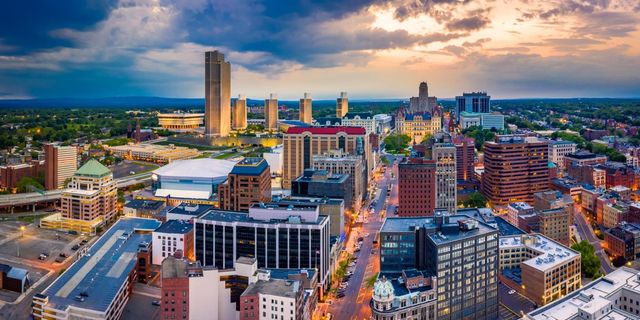
Getty Images
Median list price: $368,250
Median days on market in April: 70
The Capital Region of New York has seen an outflow of residents over the years, especially as retirees move to the more tony Saratoga Springs or other retirement destinations out of state, heading south to cheaper alternatives in places like North Carolina and Florida. While Albany has seen an influx of younger buyers from other parts of the state over the past year or so since the pandemic, it’s barely enough to offset these losses.
Homes here are also older—about a third were built before 1939—so they may need more work than people are willing to put in, says David A. Banks, a visiting assistant professor in the Geography and Planning Department at the University at Albany.
“Between property taxes and low wages, I think we’re having a mismatch in the market,” Banks says.
Other metros where homes are moving slower include Bloomington, IL (70 days); Hickory, NC (70 days); Huntington, WV (69 days); Terre Haute, IN (69 days); and Salisbury, MD (68 days).
The post Going, Going, Gone! Homes Are Selling the Fastest in These Markets appeared first on Real Estate News & Insights | realtor.com®.
